After spending nearly two weeks in Munich in August — full of tourists and crowds everywhere you — I was ready to escape. Day trips to Neuschwanstein and the Königssee had merely changed the demographics of the crowds, not lessened them.
Then I found myself in Nuremberg.
The city is so full of history, art, and food that there’s no worrying about things to do in Nuremberg, Germany. In anything, there’s so much you’ll what to spend more than just a day or two exploring this historic town.
About Nuremberg
Nuremberg, or Nürnberg, auf Deutsch, is the second-largest city in Bavaria. It makes a fantastic day trip from Munich. It is only about a two-hour drive north of Munich with plenty of regular train connections, too. On a weekday in the summer where Mother Nature couldn’t decide if she wanted shining sun or pouring rain (she eventually decided on both; lucky us), the city was a welcome relief from München. That’s not to say there weren’t still crowds in Nuremberg. There were. But much smaller.
The smaller crowds certainly aren’t a sign of Nuremberg’s worthiness as a travel stop. The city is full of things, tastes, and sights that are unique to Franconia. You will not find some of these things in Southern Bavaria. That’s part of what makes experiencing these things to do in Nuremberg so important.
Visiting the Albrecht Dürer House
Perhaps Nuremberg’s most famous son is the artist Albrecht Dürer. During his life, Dürer was extremely wealthy, respected, and successful. His paintings tend to be extremely life-like as were his prints from woodblocks. Today, the artist’s home and workspace from 1509 until his death in 1528 is a museum that you can visit in the city’s Altstadt section. A stop at the Albrecht-Dürer-Haus is an interesting mixture of the past and the present.
By our standards, the rooms are small and although there are several floors, there is not a whole lot on display. One room is strictly a gallery of copies by other artists of Dürer’s most famous paintings — which is actually rather interesting. The museum has an audio guide available that tries to be engaging: the audio tour is “given by” Dürer’s wife, Agnes. It’s a bit hokey but the guide is informative and not overly verbose.
As you progress through the house, you eventually reach touch-screen computers. One is rather innovative, acting as a digital layer in front of physical objects. Touch the area of the glass in front of the object for detailed information. Other monitors act as digital picture frames with additional information on Dürer, his art, and his time period.
The workspaces of the house are still utilized. If you visit at the right time, you might even get to catch them making prints with the printing press or using the workshop space.
If you happen to be in Nuremberg or are interested in Dürer, a visit to the house is a must. The portion of the house accessible for the tour is rather limited and tours, for better or worse, do not take terribly long. But a visit to this important house is one of my favorite things to do in Nuremberg.
Taste Nürnberger Rostbratwurst (Nuremberg Sausage)
Pretty much every city has its culinary specialties and Nuremberg is no different. Perhaps the city’s most famous specialties are their Lebkuchen, a kind of gingerbread, and their sausages, Nürnberger Rostbratwurst. Similar to German beer, Nuremberg sausages have an international protected status. This means there are strict rules as to what a Nuremberg Wurst is. It’s a pork sausage seasoned primarily with marjoram. Each sausage is about the size of a small finger, that is, they’re several inches long and relatively narrow. Although there have been tweaks over the centuries, the original basis of the Nürnberger Rostbratwurst can be traced to the 14th century.
As for the taste? It’s kind of like an American link sausage. (No doubt that comparison will get me into all sorts of trouble.) But what makes the Nuremberg sausage taste infinitely better is the fact that it’s grilled on a wood stove. Beechwood is usually the wood of choice. The wood flavor is incredibly complimentary. Add a side of potato salad, horseradish, or sauerkraut and perhaps a touch of mustard. There’s no question, you’ve got a winner.
If you’re looking to try this specialty — and you really should — don’t try to be frugal, don’t try to save time, don’t try to find convenience. Skip the stands in the market square. Go directly to Bratwursthäusle bei St. Sebald. Across from city hall, just up the steep street from the market and just next to St. Sebald Church, you can’t miss the cozy but busy little restaurant.
Looking to parch your thirst? Nuremberg is also famous for its Rotbier, or red beer.
The things to do in Nuremberg also include the things to eat, too. And in this city, that means sausage and beer. And maybe a little gingerbread!
Nuremberg Walking Tour
When traveling — OK, even when I’m not traveling — I really try to be independent. I do my own research and I know what I want to see. However, I have nothing but praise for the English-language Nuremberg walking tours that the city offers.
Our hour-long tour started in the Hauptmarkt, or main market square, and ended at the foot of the Imperial Castle. Even on a cloudy day, the view over the city and the surrounding area is fantastic. Our tour guide provided a lot of information, both historical and current, on the buildings, city, and sights. For example, while Munich might get all the attention for beer, Nuremberg was once a popular beer town. Houses that were breweries could be recognized by a symbol: a 6-pointed star. During World War II, the Star of David became closely associated with Judaism and the use of the star as a symbol of beer brewing fell from use. More than once I caught passers-by stopping to listen in.
A tour guide knows exactly what things to do in Nuremberg and what you should see.
The Inside Secrets that Only Tour Guides Can Provide
Our tour guide also explained the local rivalry between Nuremberg and Munich. Although both cities are in Bavaria, Nuremberg considers itself Franconian first. Franconia, or Franken, is a region primarily in northern Bavaria. There are very small sections in neighboring states Baden-Württemberg, Thuringia, and Hesse.
I found the walking tour to be really informative and convenient since we were only in the city briefly. But I could easily see taking a walking tour of a city I know a little better just to find out things I don’t already know. Especially as a foreigner, much of the background history and information was incredibly helpful for understanding the city and its people better. The City’s Walking Tours definitely changed my mind on guided tours.
There are other Nuremberg walking tours you can take, including ones through the city’s underground where countless works of art were stored and saved during World War II.
Read More: Visiting Nuremberg’s Germanisches Nationalmuseum
Dokumentationszentrum Reichsparteitagsgelände (Documentation Centre Nazi Party Rally Grounds)
While Nuremberg is full of many wonderful things, the city has a troubled recent past. To put it lightly. Favored by the Nazis and considered by them to be the most German city, Nuremberg became the site of the Nazi Party Rally Grounds. It was also the astonishingly large and outrageously designed Congress Hall that was to seat 50,000. Located in the south of the city, the Grounds still exist and can be visited along. Also accessible is the Congress Hall. Although it was never completed, it is finished enough to make clear the excessive intents of the builders.
Dokumentationszentrum (Documentation Center Nuremberg) Museum
Today, an extremely modern museum — the Documentation Centre Nazi Party Rally Grounds — sits on the location and utilizes the Congress Hall building — but with modern additions. The preexisting building has been retrofitted with modern glass and steel designs. As you explore the exhibits within the museum there are exposed brick walls, some crumbling. The climax is at the end of the museum tour when visitors (who don’t have a fear of heights) can venture outside. There is a walkway that extends, suspended in the open air, into the semi-circle of the Congress Hall. It gives visitors a view of what those on stage, addressing the crowds, would have seen. I found it chilling.
The museum itself is very technologically forward. While the provided audio guide essentially reads what many of the German-language exhibition signs say, there is no shortage of information. You could easily spend a day or more going through the museum; there is that much there to absorb.
It’s a moving and often upsetting reminder of the past and what can never, ever happen again. A visit to the Documentation Center Nuremberg is perhaps the most important and necessary of the things to do in Nuremberg.
Nuremberg Castle
Castles are always a popular tourist attraction and, needless to say, Nuremberg Castle (Nürnberger Burg) is one of the first things to do in Nuremberg. The castle does not disappoint. For more than a thousand years, a fortified building has sat on this spot overlooking the city. And strategically, it’s easy to see why. During the Middle Ages, it served as an imperial castle. Today, it’s a collection of buildings that include several stone towers, a chapel, a great hall, and more.
Visitors to Nuremberg Castle can take a tour for a fee or wander the grounds for free. If nothing else, it’s worth a visit to Nuremberg Castle to enjoy the stunning view over the historic city.
Here’s a special tip to save money while you travel in Bavaria. The Bavarian Palace Department offers a special palace pass where, for a single price, you can visit over 40 palaces and castles across the state of Bavaria. Nuremberg Castle is one of those castles.
Germanisches Nationalmuseum
If you’re looking to learn not just about Nuremberg but all of Germany, I highly recommend adding the Germanisches Nationalmuseum to your list of things to do in Nuremberg. The museum’s extensive collection includes remarkable works of art, artifacts, religious items, arms and armor, and much more. All of the objects on display relate to Germany, from the prehistoric era all the way through to today.
Like much of Germany, the museum building is a combination of old and new. A strikingly modern glass building merges with the remains of a monastery that was dissolved in the 16th century.
Impressions of Nuremberg
Nuremberg is a lovely, quaint city that I wish I’d had more time to explore. The picturesque buildings in a variety of styles. They are colorful, timber-framed, or how about that Imperial Castle on top of the limestone rock? They offer a glimpse into the past with every step you take.
Even with everything I’ve written about my visit to Nuremberg, it’s barely scratching the surface of the city. My visit was primarily to the old city regions and ignores much else the city has to offer. If you’ve got the time, be sure to explore. You don’t have to wonder what to do in Nuremberg. The answer is everything!
But next time I visit Nuremberg, it has to be for the Christkindlesmarkt. It’s definitely going on My Must See list, along with a walking tour of the city’s underground! There are just too many things to do in Nuremberg to fit into a single day.
Save this post for later on Pinterest!
All photos, as well as all opinions, are my own.



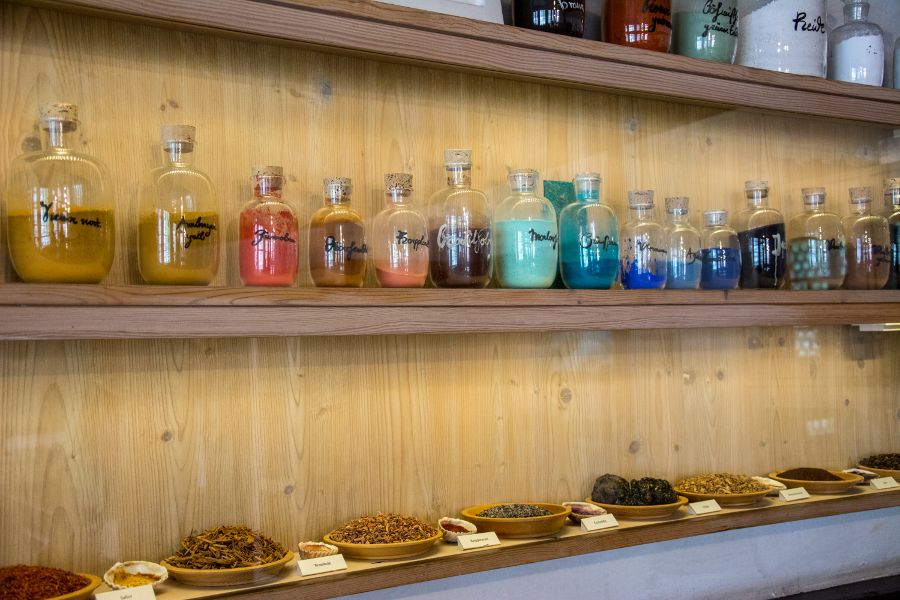
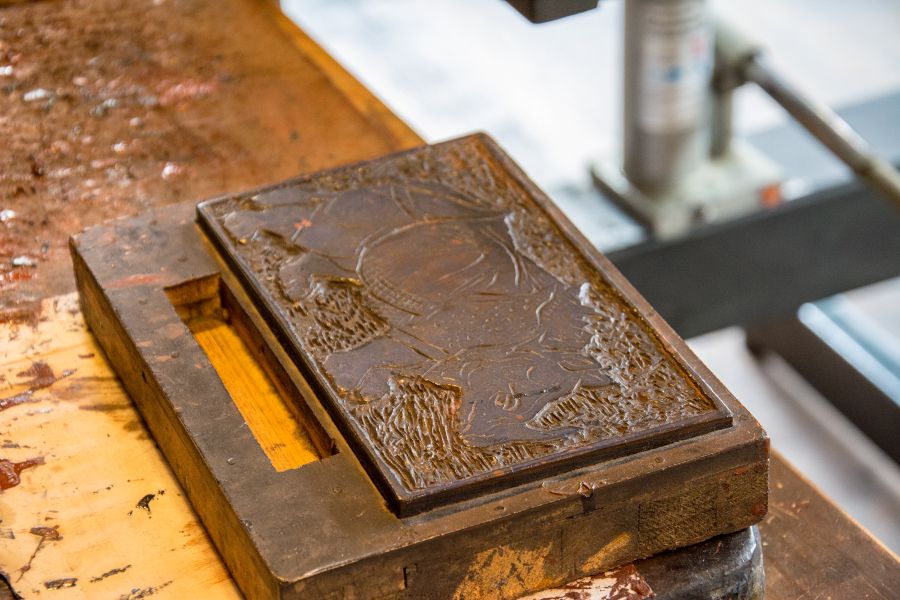



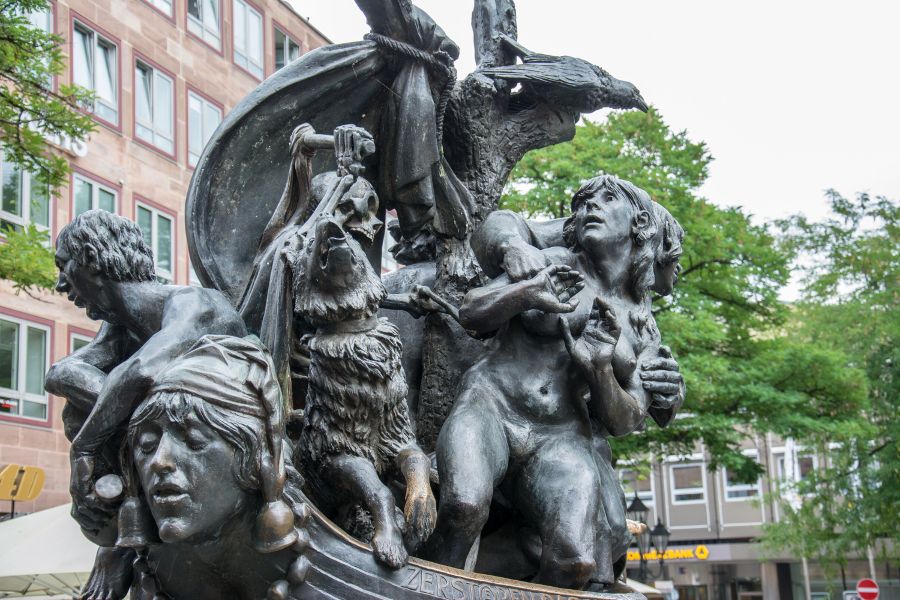


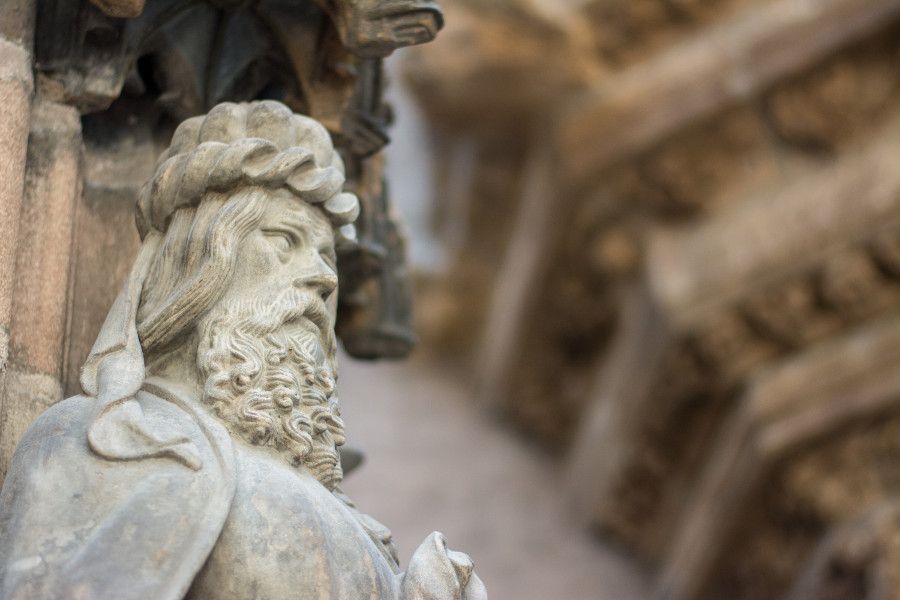
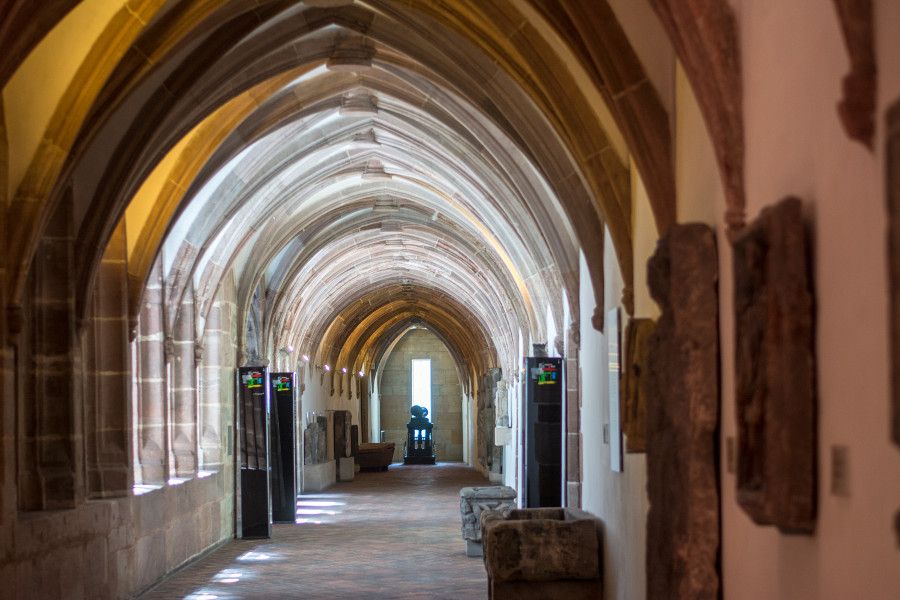



Pingback: Giveaway & Review: Self-Guided Walking Tour App - Reverberations